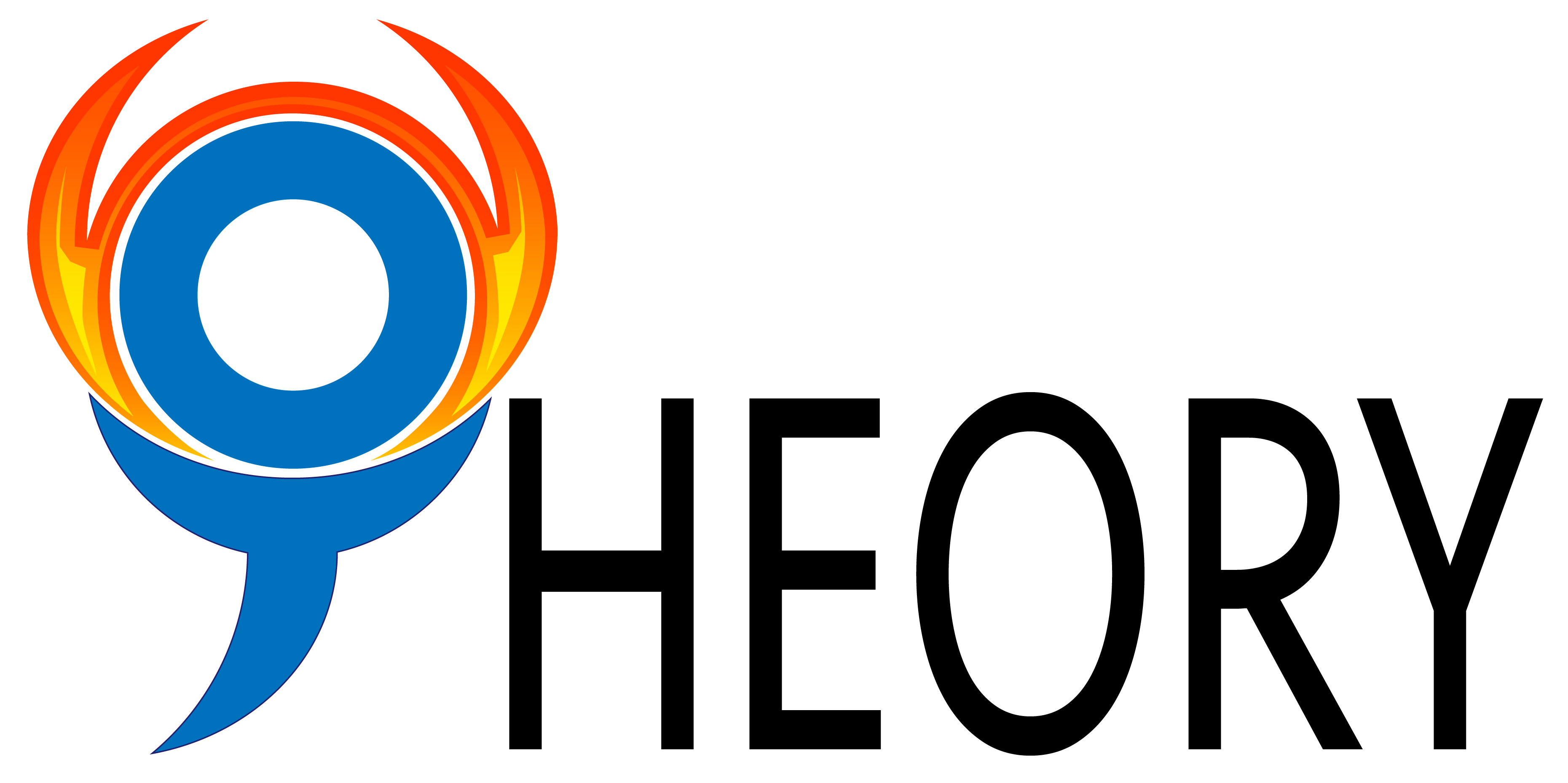This model suggests that occupational therapists working with older adults with low vision should extend beyond compensatory techniques (e.g., modifying physical environmental and providing technology) to the community for social integration. Occupational therapists can accompany clients to nearby grocery stores, places of worship and community centers. Occupational therapists can also make recommendation to owners to eliminate environmental barriers and encourage clients to self-advocate. On top of referring to orientation and mobility specialists for advanced community mobility, occupational therapists can teach clients the basic way - finding and functional mobility skills to navigate in the community. Compensatory techniques can be considered in accordance with client’s intrinsic qualities and abilities to optimize the use of techniques and devices. This model consists of three overlapping circles, each of which is embedded within a larger circle. The smallest, inner circle consists of technology and physical environment. Technology includes new and improved devices, from hand-held magnifiers to high-tech tools. Physical environment should be thoroughly evaluated to address self-care role, social roles, and important leisure and community activities. The second, middle layer consists of intrinsic factors of clients including, sensory, motor, physiology, occupation, cognition, psychology, and spirituality. The third, largest circle is the community environment, which serves as a barrier or a facilitator to participation, and includes social capital, culture, social support, and policy. When occupational therapists comprehensively include intrinsic and extrinsic factors on top of compensatory techniques, older adults with low vision are enabled to participate in both home and community activities. This model provides a list of potential assessments for comprehensive evaluation of older adults with low vision, e.g., occupational interview in assessing occupation, spirituality, psychology, social support, and physical performance tests in assessing physiology, motor, cognition (perception) and affinity for technology, etc.
Summarized by
- Macey Cho
Type
- Model (conceptual)
Population
- Elderly
Disability
- Vision impairment
Domain of occupation
- IADL
- Leisure
Application Note
It emphasizes the importance of community involvement using therapeutic techniques and tools.
Key Reference
Schoessow, K. (2010). Shifting from compensation to participation: A model for occupational therapy in low vision. British Journal of Occupational Therapy, 73(4), 160-169.
Year Published
- 2010
Primary Developer
- Kimberly Schoessow
Primary Developer Email
- k.schoessow@gmail.com
